(NLDO) - A mysterious radioactive explosion has been detected deep beneath the Central and North Pacific Ocean.
While analyzing thin layers of crust on the bottom of the Pacific Ocean, scientists in Germany identified a sudden increase in the radioactive isotope beryllium-10 sometime between 9 and 12 million years ago.
Remarkably, beryllium-10 can only be formed with intervention from cosmic elements.
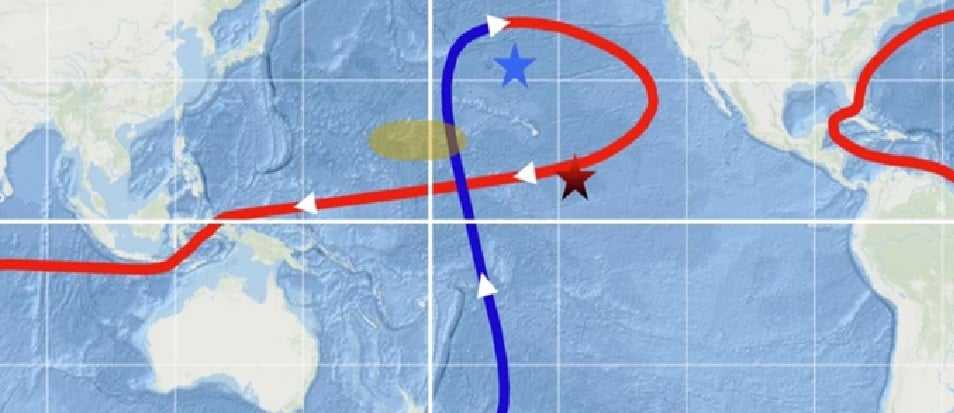
Map marking areas with sudden increases in the radioactive isotope beryllium-10 in the Pacific Ocean - Photo: GEBCO
The beryllium-10 was detected on the seafloor of the Central and North Pacific, but the authors, led by physicist Dominik Koll from the Helmholtz-Zentrum Dresden-Rossendorf in Germany, believe that other parts of the Pacific Ocean are also present.
It's not known where this sudden increase comes from, but researchers have come up with a few ideas.
Beryllium-10, while associated with cosmic impacts, is not so unusual.
Their most common source on Earth comes from cosmic rays interacting with Earth's atmosphere.
As rain falls from the atmosphere and settles into the ocean, this isotope is incorporated into the extremely slow evolution of some deep metal-rich crusts.
Still, the unusually high amount of beryllium-10 in the Pacific — nearly double the normal level — suggests something must be causing the additional impact.
Dr Koll and colleagues suggest that there may have been a major "reorganization" of ocean currents more than 9 million years ago, causing these isotopes to be accidentally dumped into the Pacific Ocean.
Or it could be a global phenomenon, involving the cataclysmic explosion of a star near Earth, called a supernova.
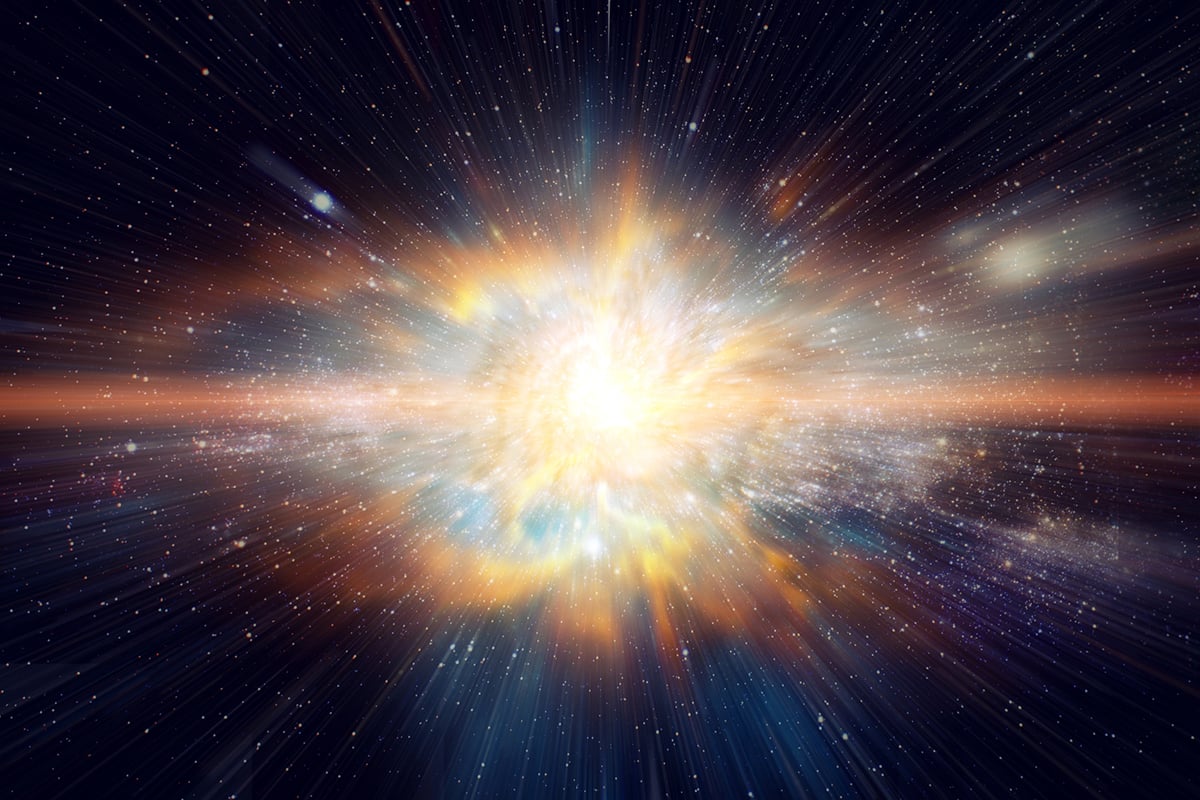
A supernova - Illustration: BBC SKY AND NIGHT MAGAZINE
Supernovae occur at the end of the lives of stars, blasting material from the star far away. Cosmic dust from the explosion may have entered the solar system and coated Earth with radioactive isotopes.
Additionally, the supernova explosion could also cause cosmic rays to become more active for a while, causing a spike in beryllium-10 produced in the atmosphere.
The study was recently published in the scientific journal Nature Communications.
Source: https://nld.com.vn/di-thuong-phong-xa-thai-binh-duong-ke-giau-mat-tu-vu-tru-196250216081340872.htm


![[Photo] Ho Chi Minh City after 50 years of national reunification through buildings and symbols](https://vstatic.vietnam.vn/vietnam/resource/IMAGE/2025/4/15/a224d0b8e489457f889bdb1eee7fa7b4)
![[Photo] Prime Minister Pham Minh Chinh works with state-owned enterprises on digital transformation and promoting growth](https://vstatic.vietnam.vn/vietnam/resource/IMAGE/2025/4/15/f55bfb8a7db84af89332844c37778476)
![[Photo] President Luong Cuong holds talks with General Secretary and President of China Xi Jinping](https://vstatic.vietnam.vn/vietnam/resource/IMAGE/2025/4/15/f7e4c602ca2f4113924a583142737ff7)


![[Photo] Vietnamese and Chinese leaders attend the People's Friendship Meeting between the two countries](https://vstatic.vietnam.vn/vietnam/resource/IMAGE/2025/4/15/7d45d6c170034d52be046fa86b3d1d62)



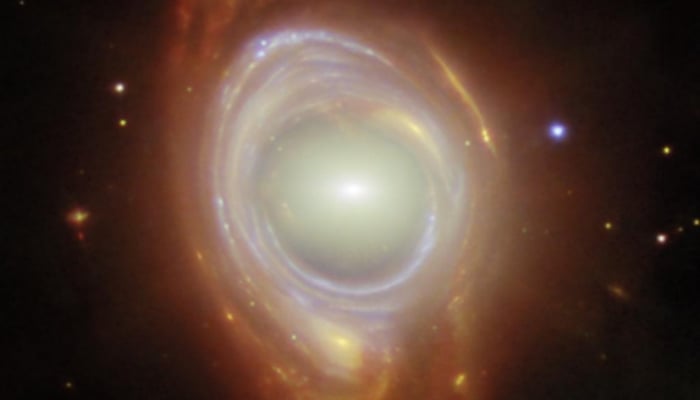




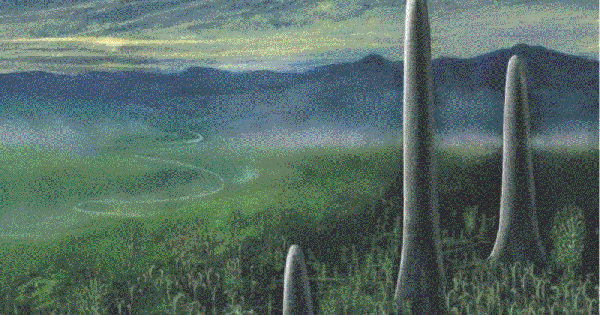

























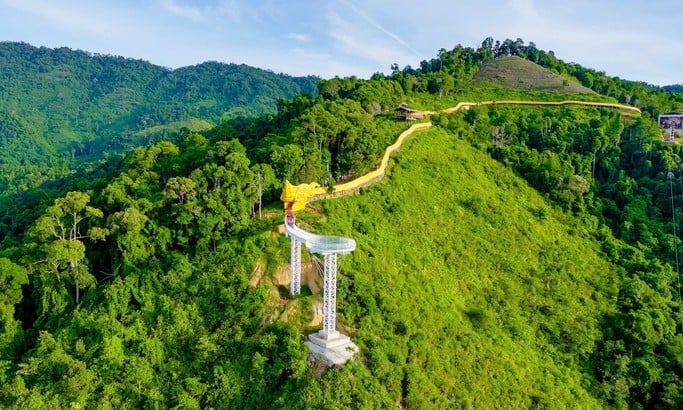

















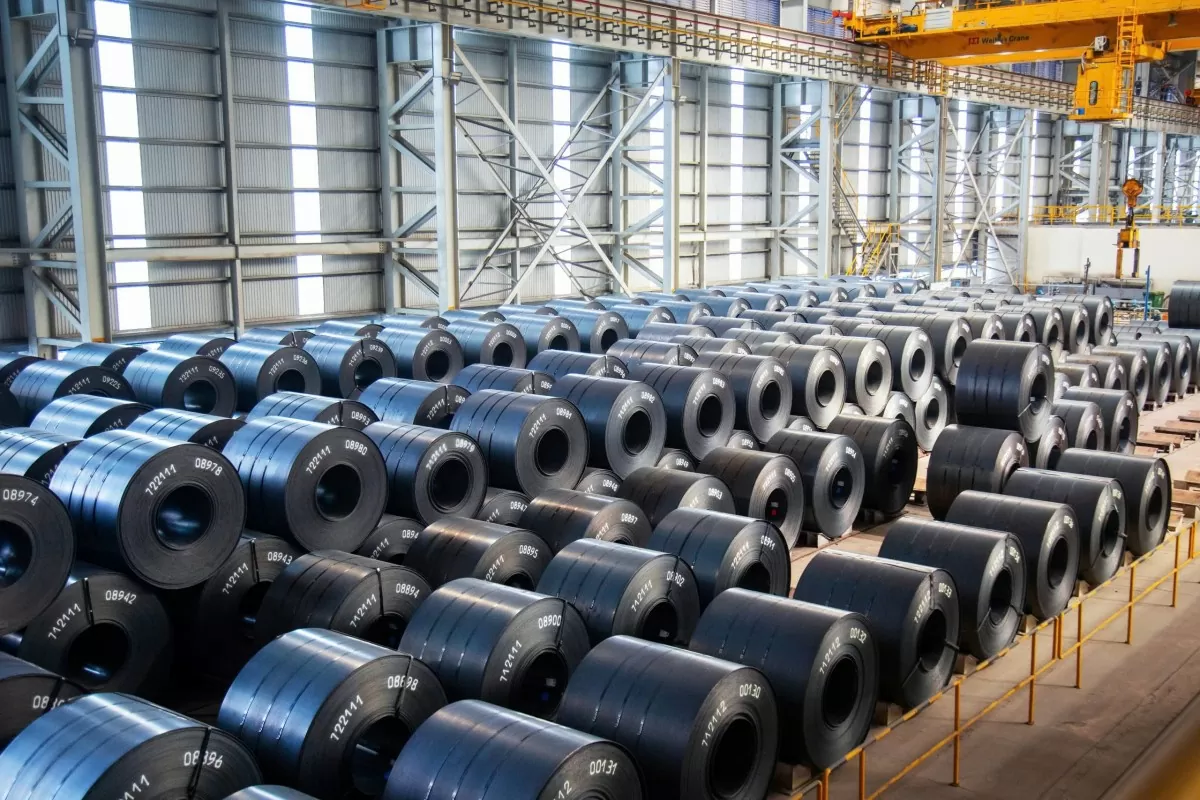






















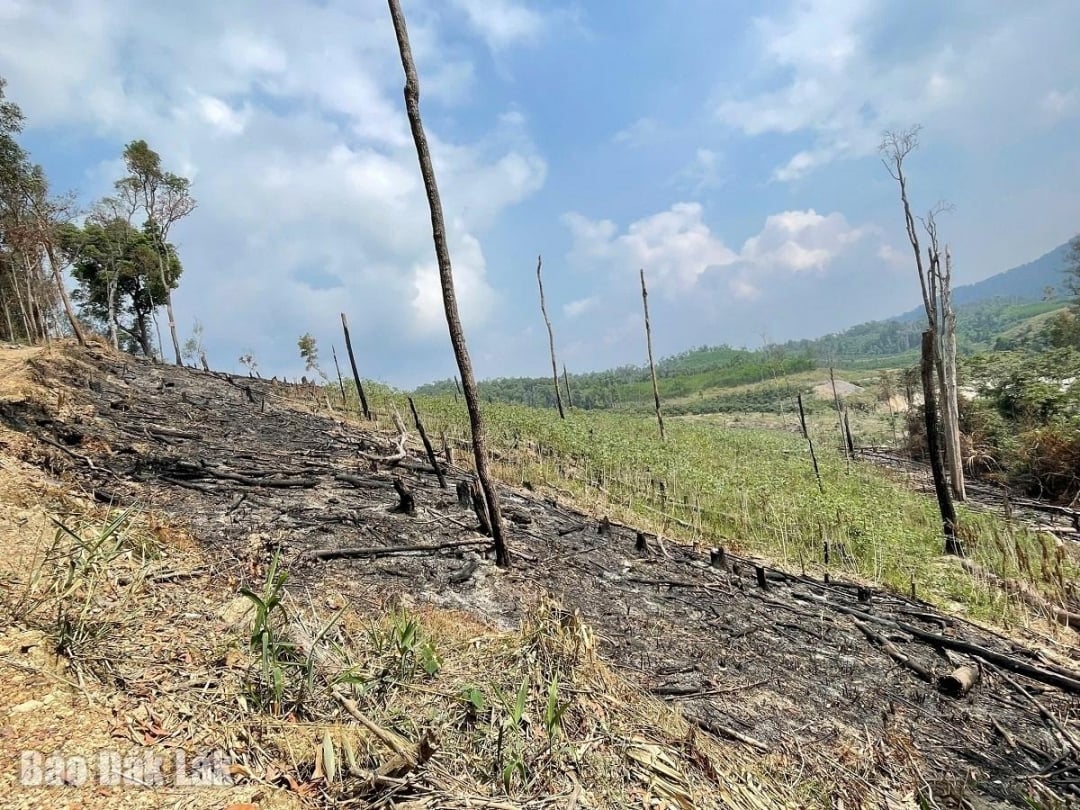










Comment (0)